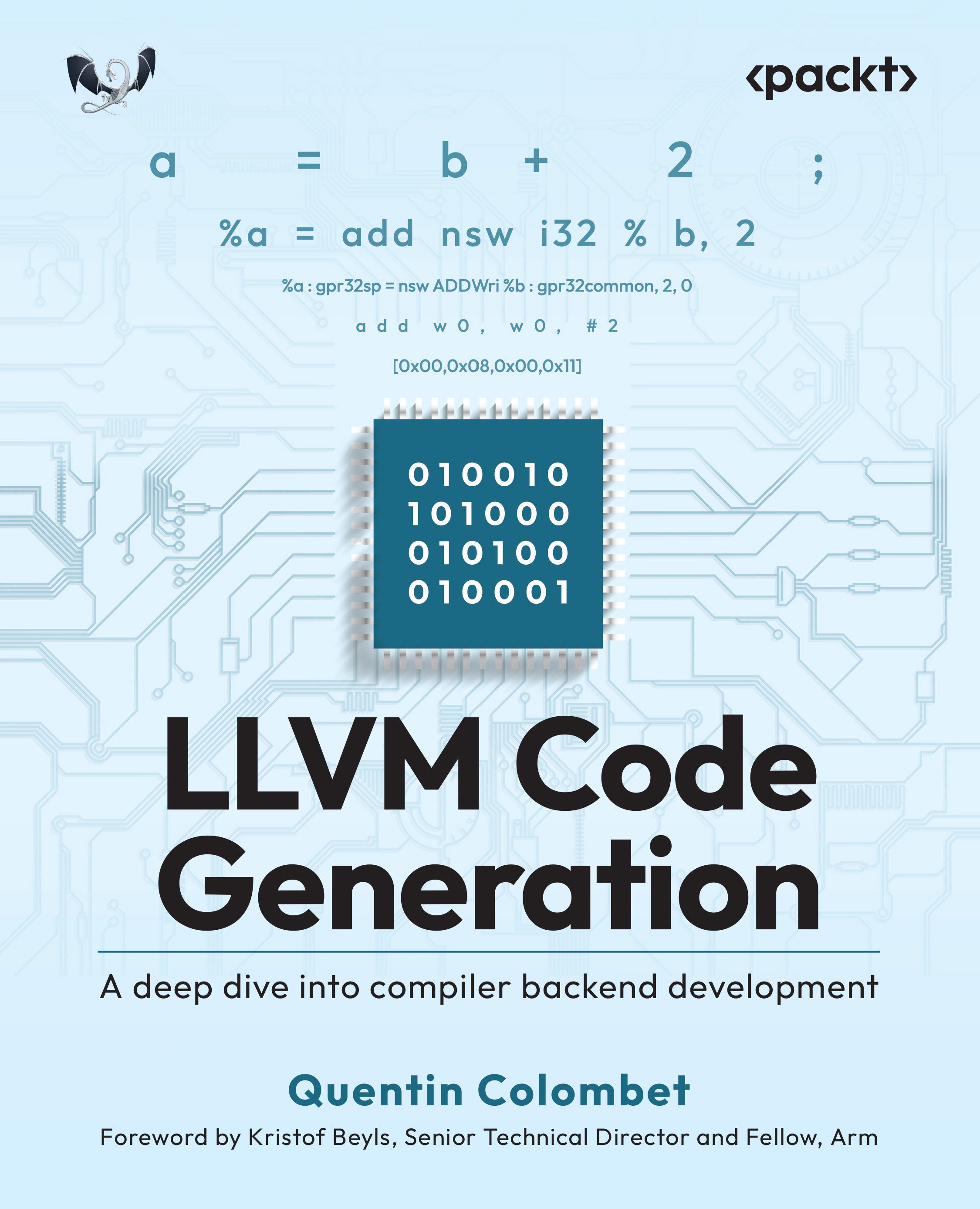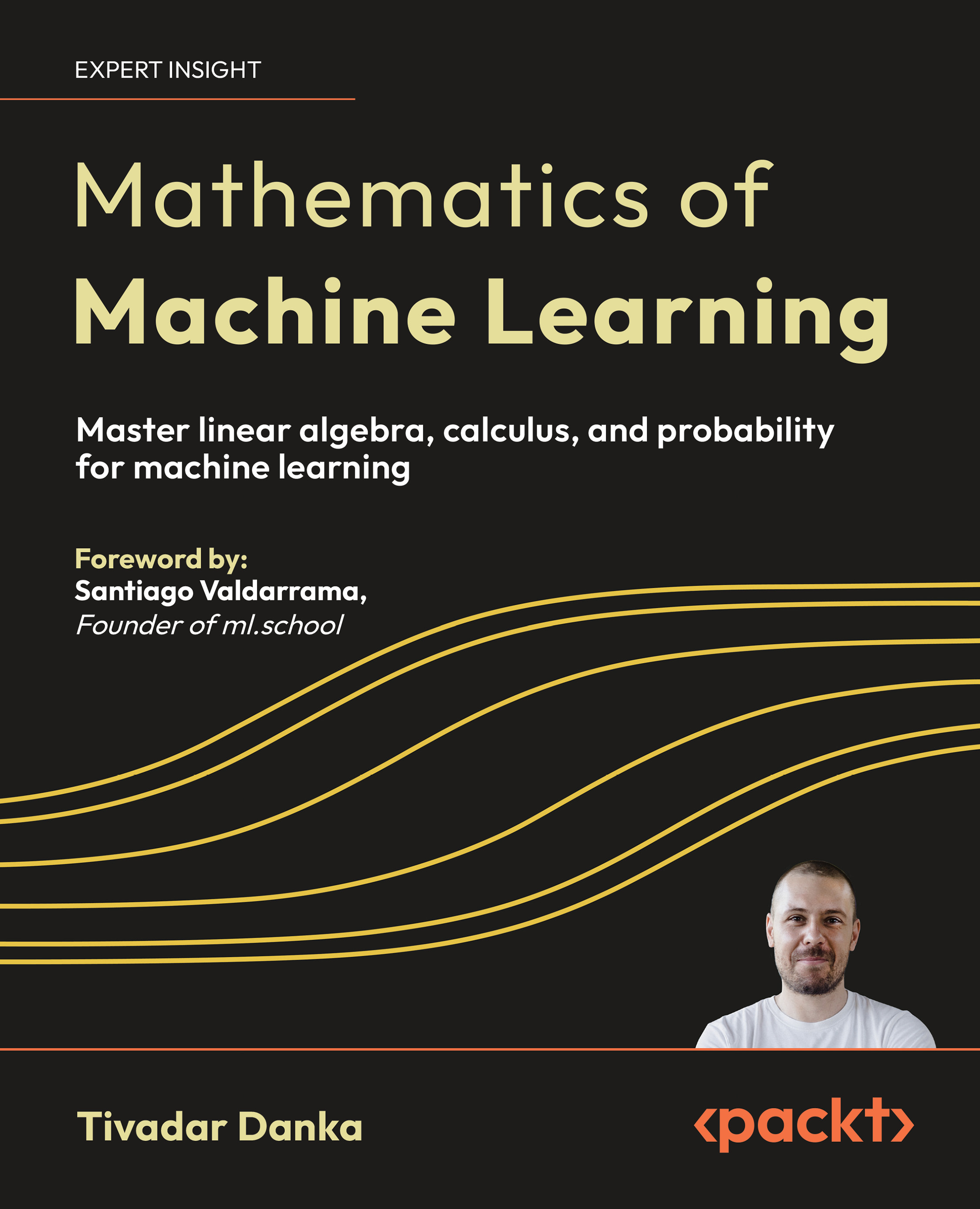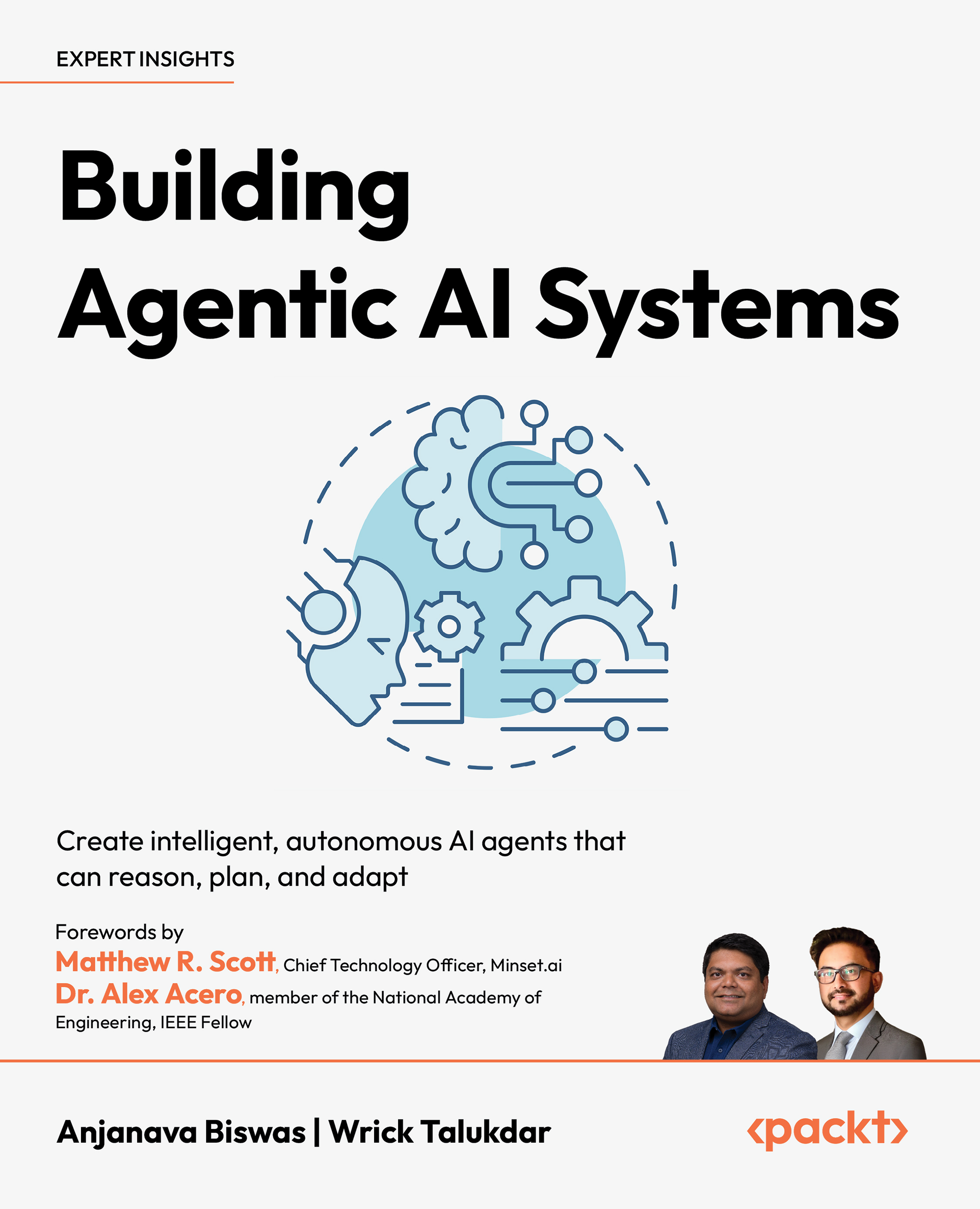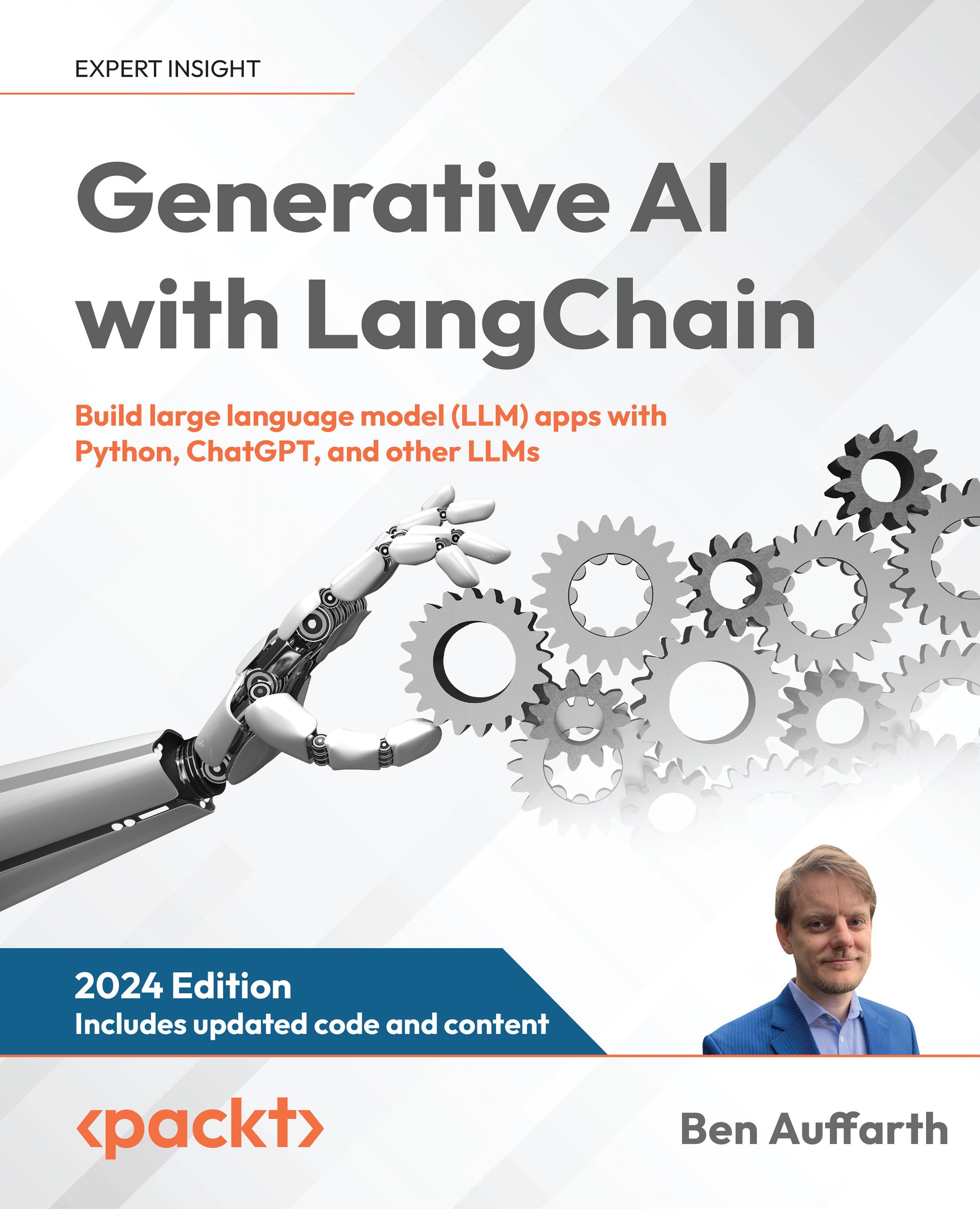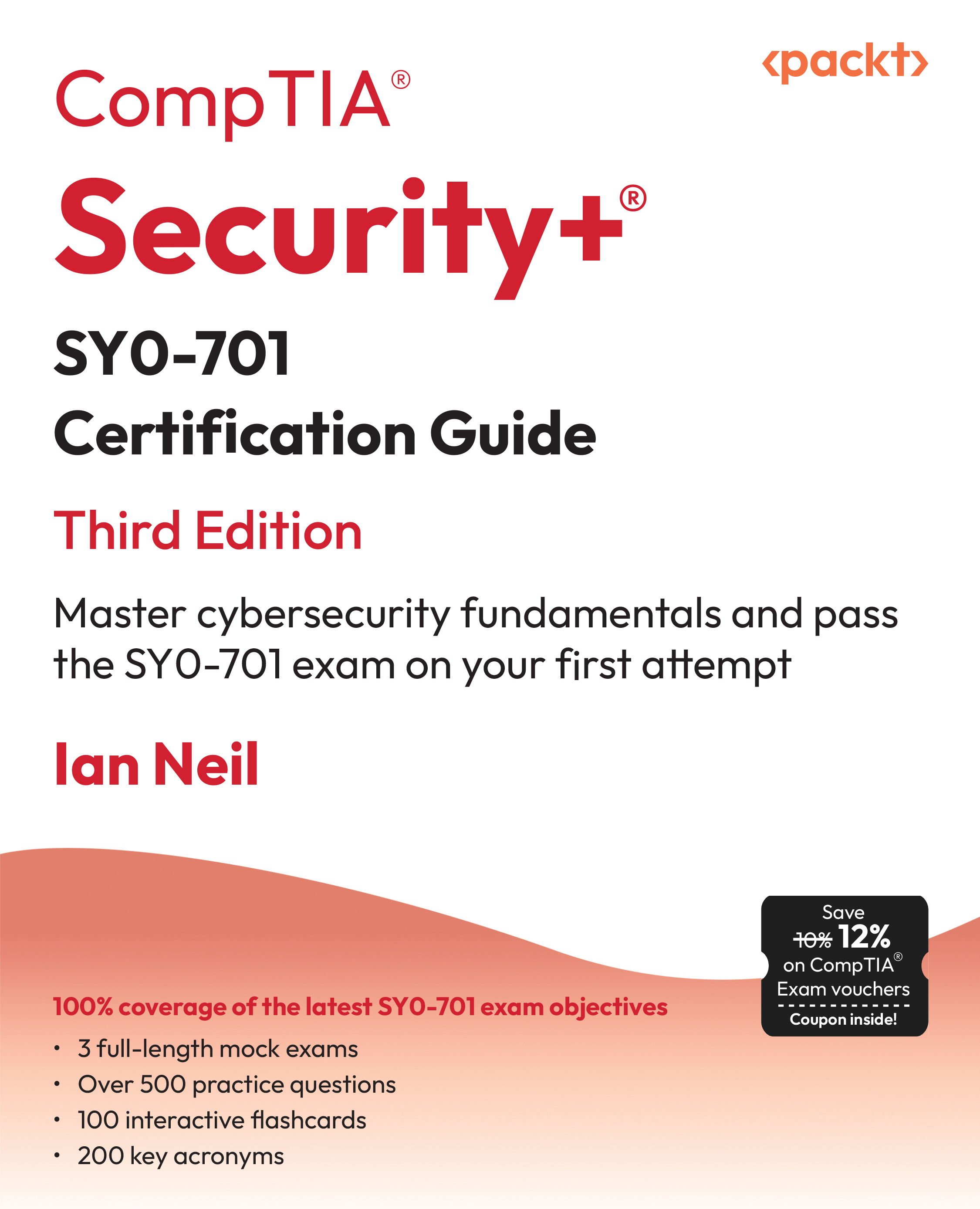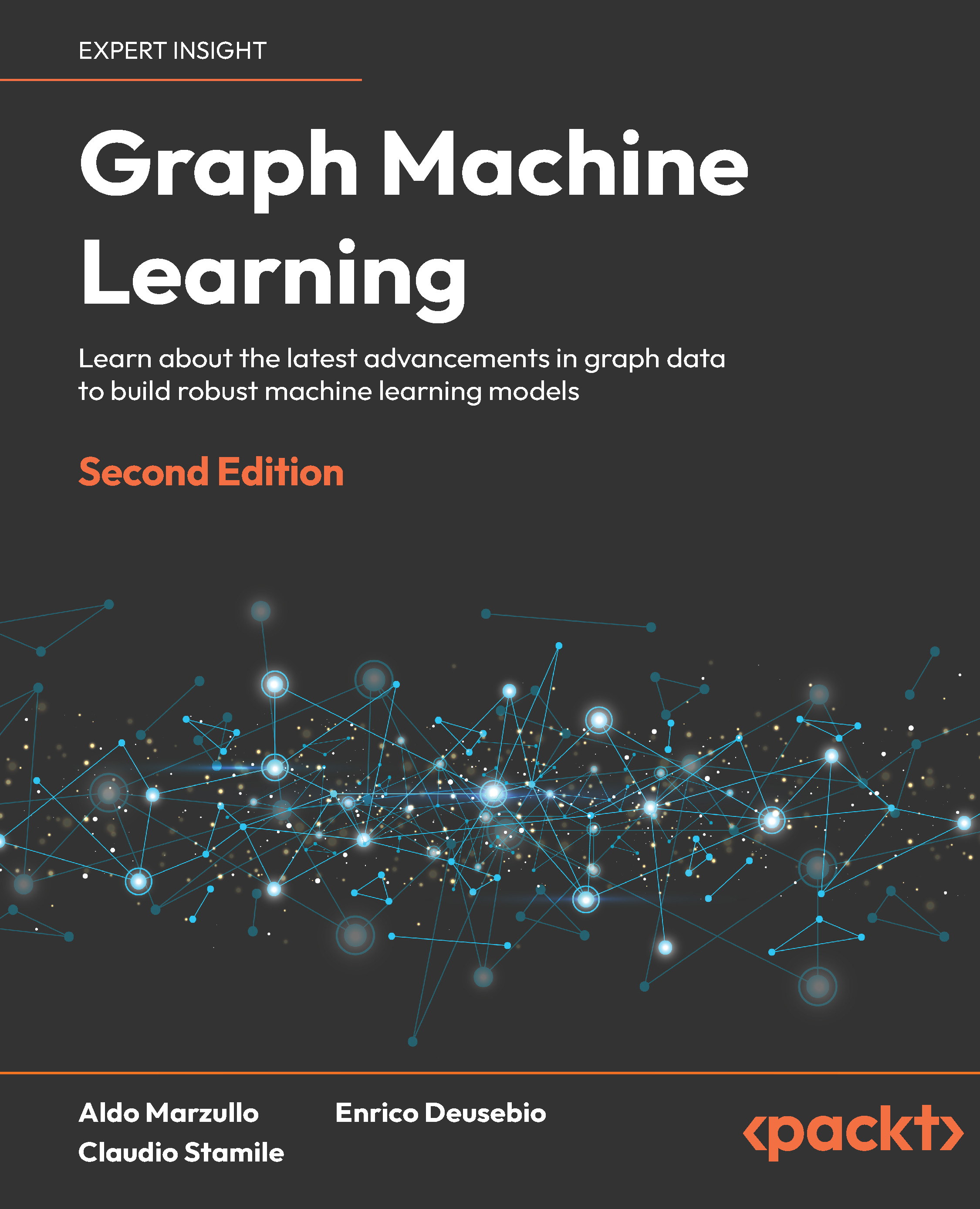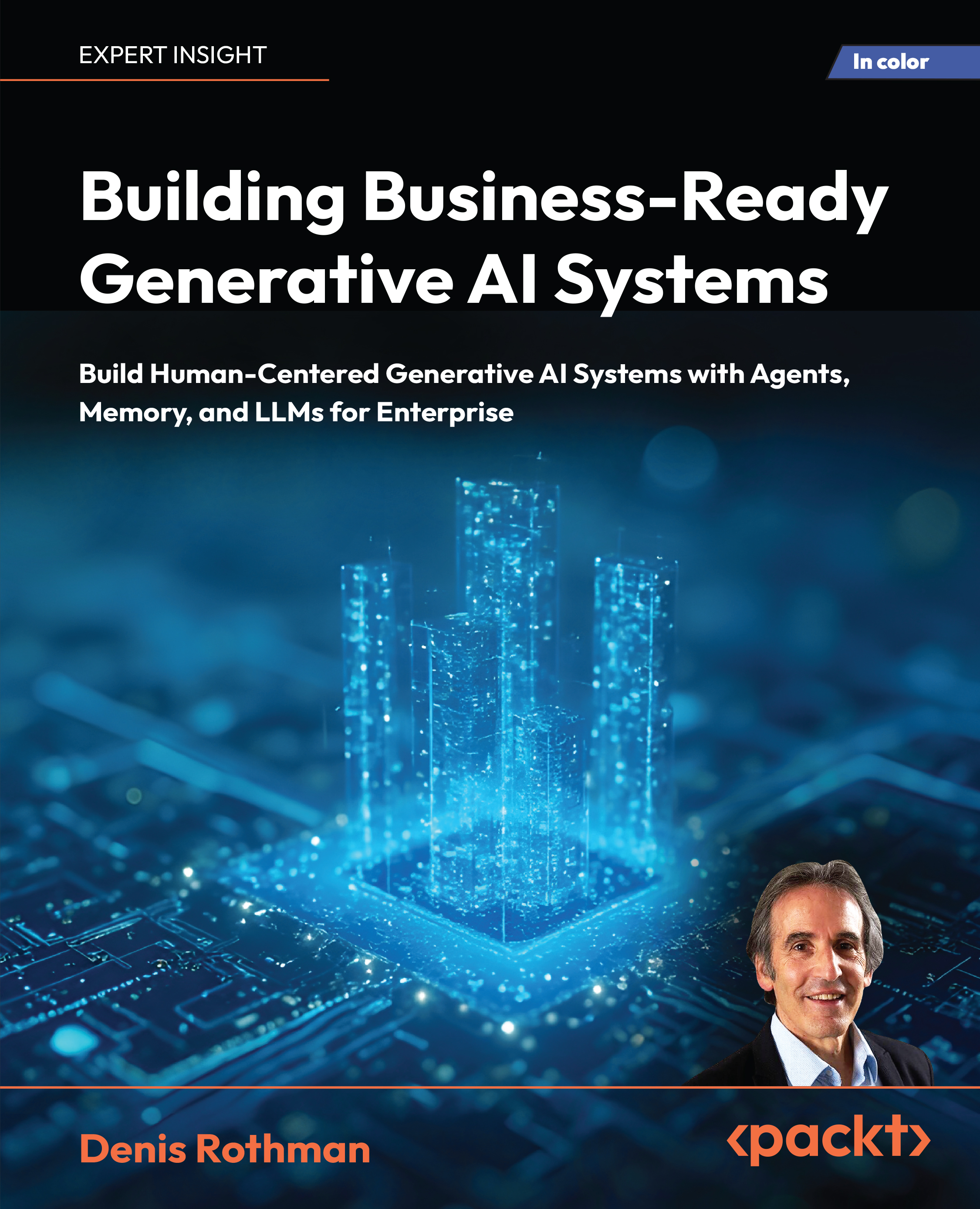Each of these components is relatively self-contained. When bringing LLVM to a new architecture, developers can implement and test them one by one. Colombet advises keeping the big picture in mind:
“There’s no single right way to do instruction selection…because GlobalISel is modular, it’s easy to look at just one piece at a time. But if you’re not careful, those pieces may not fit together properly, or you may end up implementing functionality that doesn’t even make sense in the broader pipeline.”
In practice, the recommended approach is to first ensure you can lower a simple function end-to-end (even if using slow or naive methods), then refine each stage knowing it fits into the whole. This incremental path is much more feasible with a pipelined design than it was with SelectionDAG’s all-or-nothing pattern matching.
Real-world experience shows the value of this approach. RISC-V, for instance, has been rapidly adding standard and vendor-specific extensions. LLVM 20 and 21 have seen numerous RISC-V backend updates – from new bit-manipulation and crypto instructions to the ambitious V-vector extension. With GlobalISel, adding support for a new instruction set extension often means writing TableGen patterns or legality rules without touching the core algorithm. In early 2025, LLVM’s RISC-V backends even implemented vendor extensions like Xmipscmove and Xmipslsp for custom silicon.
This kind of targeted enhancement – adding a handful of operations in one part of the pipeline – is exactly what the modular design enables. It’s telling that as soon as the core GlobalISel framework matured, targets like ARM64 and AMDGPU quickly adopted it for their O0 paths, and efforts are underway to make it the default at higher optimizations.
New CPU architectures (for example, a prospective future CPU with unusual 128-bit scalar types) can be accommodated by plugging in a custom legalizer and reusing the rest of the pipeline. And non-traditional targets stand to gain as well. Apple’s own GPU architecture, which Colombet has worked on, was one early beneficiary of a GlobalISel-style approach – its unusual register and instruction structure could be cleanly modeled through custom RegisterBank and Legalizer logic, rather than fighting a general-purpose DAG matcher.
The result is that LLVM’s backend is better positioned to embrace emerging ISAs. As Colombet noted,
“The spec [for RISC-V] is still evolving, and people keep adding new extensions. As those extensions mature, they get added to the LLVM backend…If your processor supports a new, more efficient instruction, LLVM can now use it.”
Another aspect of portability is code reuse across targets. GlobalISel makes it possible to write generic legalization rules – for example, how to lower a 24-bit integer multiply using 32-bit operations – once in a target-independent manner. Targets can then opt into those rules or override them with a more optimal target-specific sequence. In SelectionDAG, some of that was possible, but GlobalISel is designed with such flexibility in mind from the start. This pays off when supporting families of architectures (say, many ARM variants or entirely new ones) – one can leverage the existing passes instead of reinventing the wheel. Even the register allocator and instruction scheduling phases (which come after instruction selection) can benefit from more uniform input thanks to GlobalISel producing consistent results across targets.
 United States
United States
 Great Britain
Great Britain
 India
India
 Germany
Germany
 France
France
 Canada
Canada
 Russia
Russia
 Spain
Spain
 Brazil
Brazil
 Australia
Australia
 South Africa
South Africa
 Thailand
Thailand
 Ukraine
Ukraine
 Switzerland
Switzerland
 Slovakia
Slovakia
 Luxembourg
Luxembourg
 Hungary
Hungary
 Romania
Romania
 Denmark
Denmark
 Ireland
Ireland
 Estonia
Estonia
 Belgium
Belgium
 Italy
Italy
 Finland
Finland
 Cyprus
Cyprus
 Lithuania
Lithuania
 Latvia
Latvia
 Malta
Malta
 Netherlands
Netherlands
 Portugal
Portugal
 Slovenia
Slovenia
 Sweden
Sweden
 Argentina
Argentina
 Colombia
Colombia
 Ecuador
Ecuador
 Indonesia
Indonesia
 Mexico
Mexico
 New Zealand
New Zealand
 Norway
Norway
 South Korea
South Korea
 Taiwan
Taiwan
 Turkey
Turkey
 Czechia
Czechia
 Austria
Austria
 Greece
Greece
 Isle of Man
Isle of Man
 Bulgaria
Bulgaria
 Japan
Japan
 Philippines
Philippines
 Poland
Poland
 Singapore
Singapore
 Egypt
Egypt
 Chile
Chile
 Malaysia
Malaysia



